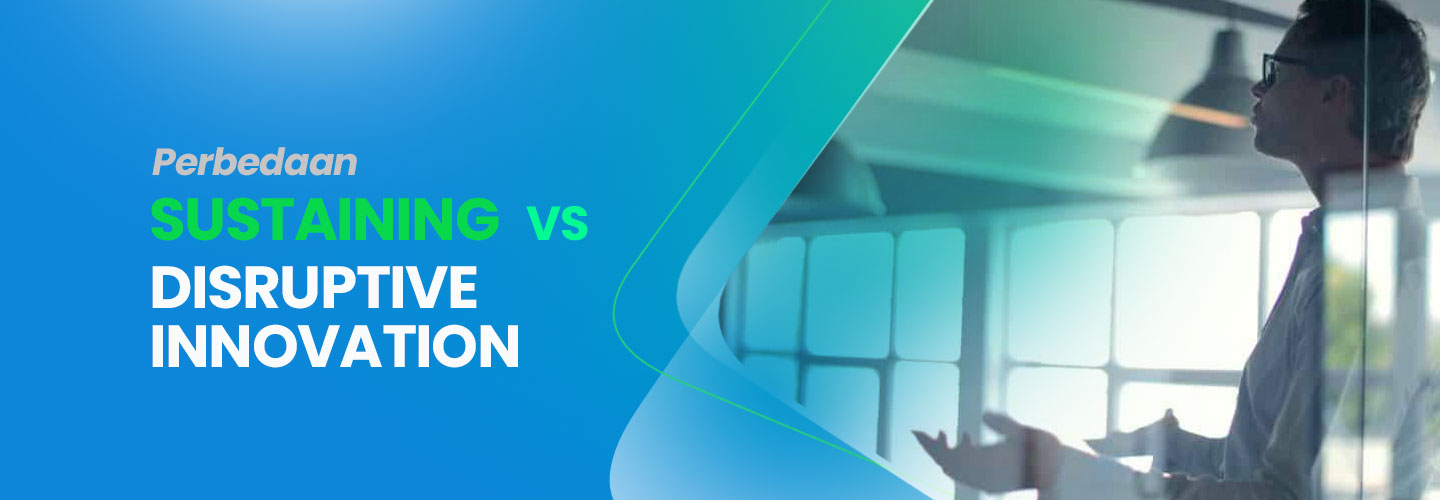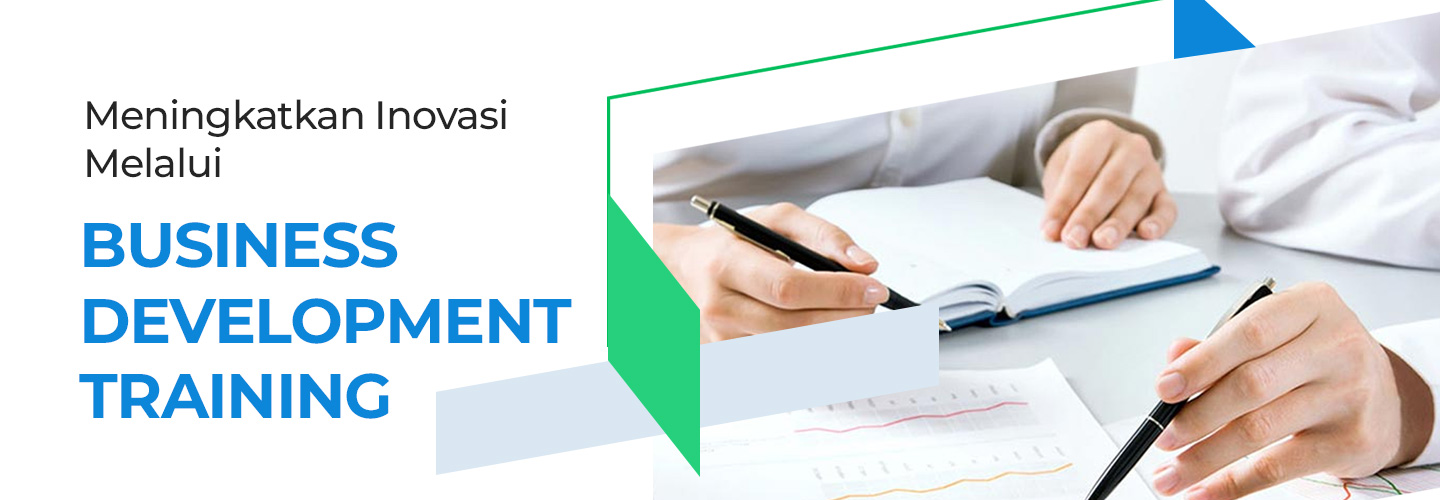Sustaining vs Disruptive Innovation

According to a McKinsey Global survey, as many as 84% of executives feel innovation is very important to a company's growth strategy. Understanding the various types of innovation can help identify strategies that suit your business, conceptualize business positioning, and recognize competitors' innovation strategies.
There are two types of innovation in business, namely sustaining and disruptive innovation. Both are very important in creating a business strategy. Therefore, it is important for you to know both and their differentiating factors.
What is sustaining innovation?
When companies innovate by creating products that are better than before, it is called sustaining innovation. These products will be more accepted by consumers, and attract higher profits. Both are also driving factors for sustaining innovation. Usually this strategy is used by companies that are already successful in their business industry.
An example of this strategy is the introduction of laptops in the computing industry. Laptops are a form of sustaining innovation that originates from PCs. Looking at developments or trends, laptops offer flexibility for their users. Users can take the laptop wherever they are. With innovations like this, laptop consumers' willingness to pay will be higher.
Relying on sustaining innovation seems to be a good strategy. Moreover, you will get a higher profit margin. However, just by sustaining innovation, several large companies failed to maintain their success.
What is disruptive innovation?
The second type of innovation is disruptive innovation. This innovation occurs when companies with few resources move up and compete with existing businesses. There are two types of disruptive innovation:
- Low-end disruption occurs when a company uses a low-cost business model to enter an existing market, and claim a segment.
- New-market disruption occurs when a company creates and claims a new segment in the market by serving an underserved consumer base.
Both can occur because the market is ignored by old companies. Because they are used to improving products and services, old companies will focus on audiences that have high demand and profits, so they pay less attention to other audiences. This opens up opportunities for disruptive innovation to provide “good enough” products to lower class audiences.
Just like the example of the computing industry, the introduction of smartphones is disruptive innovation, especially in new markets. Without realizing it, smartphones have created a new market. Audiences who use the internet, but don't need sophisticated specs on a PC or laptop, will choose to use smartphones. Gradually, this increase in quality will cause consumers to abandon PCs and laptops.
The main differences between sustaining and disruptive innovation
Innovation in business is very commonplace in a short period of time. This can impact the company both positively and negatively. However, it is a good idea to pay attention to several main factors that differentiate types of innovation in order to determine the right action plan for developing your business.
1. Product quality and performance
The main difference between sustaining and disruptive innovation is the performance of existing products on the market. Sustaining innovation seeks to create products that are high quality and work better than existing ones. On the other hand, disruptive innovation aims to create products that are “good enough.”
2. Target audience
Closely related to product quality and performance, another major difference is the target audience. While sustaining innovation targets consumers who are willing to pay higher prices, disruptive innovation is aimed at audiences who are looking for fair prices.
This means that the target audience for disruptive innovation does not require sophisticated and expensive features. For them, quality that is "good enough" is what they need. Usually this innovation is sought by the lower class and new market segments.
3. Business model
The final differentiator is the business model. Disruptive innovation relies on a low-cost business model with low profits. In contrast, sustaining innovation depends on a business model with high profits.
This difference is important, because if disruptive innovation produces higher margins, incumbent businesses will be motivated to capture the market.
Knowing the type and way each innovation plays a role in the market is the first step to preparing and developing a business strategy. To know more about the strategies and the differences between the two consider keeping up to date with the latest developments.
Company executives can take part in the Business Development Planning program to carry out business planning by analyzing business scenarios. Through this program, you can pay attention to existing opportunities and challenges and discuss strategic and functional aspects comprehensively.


